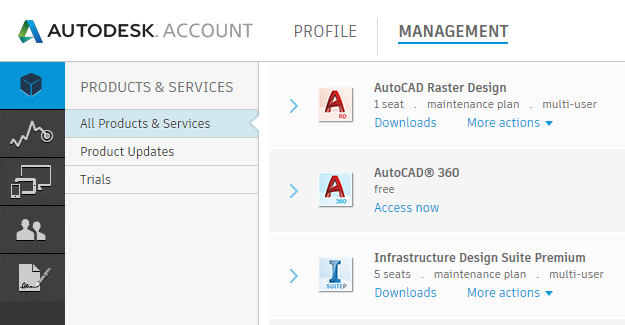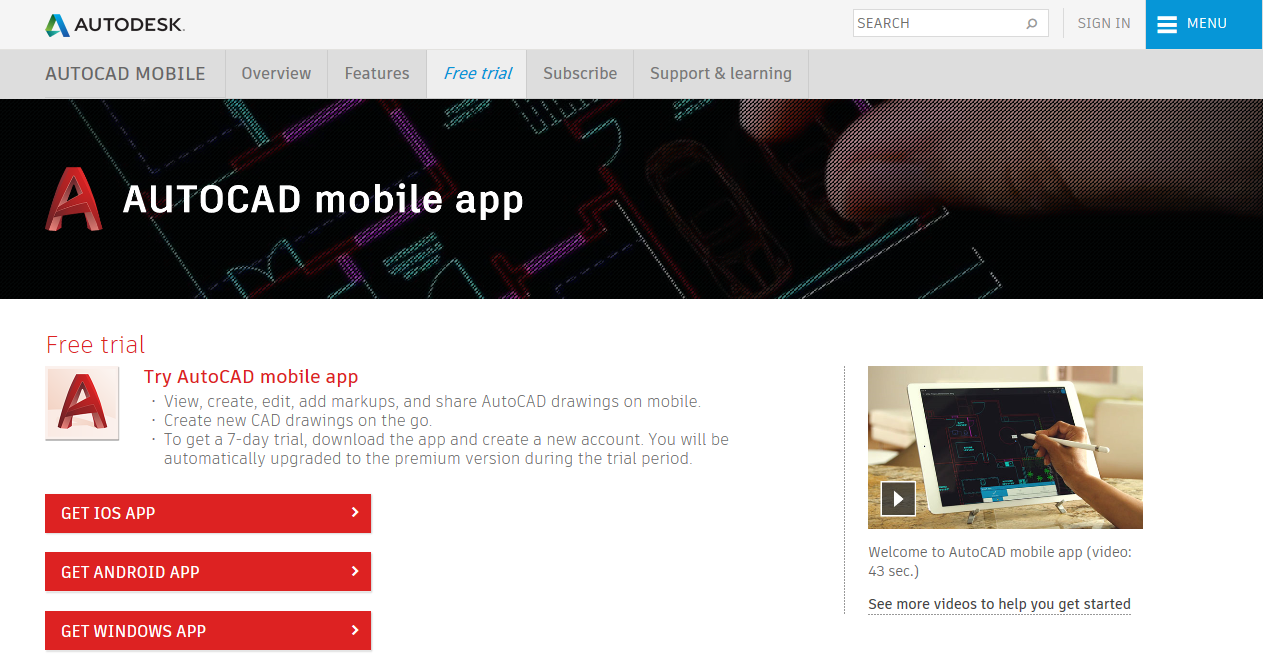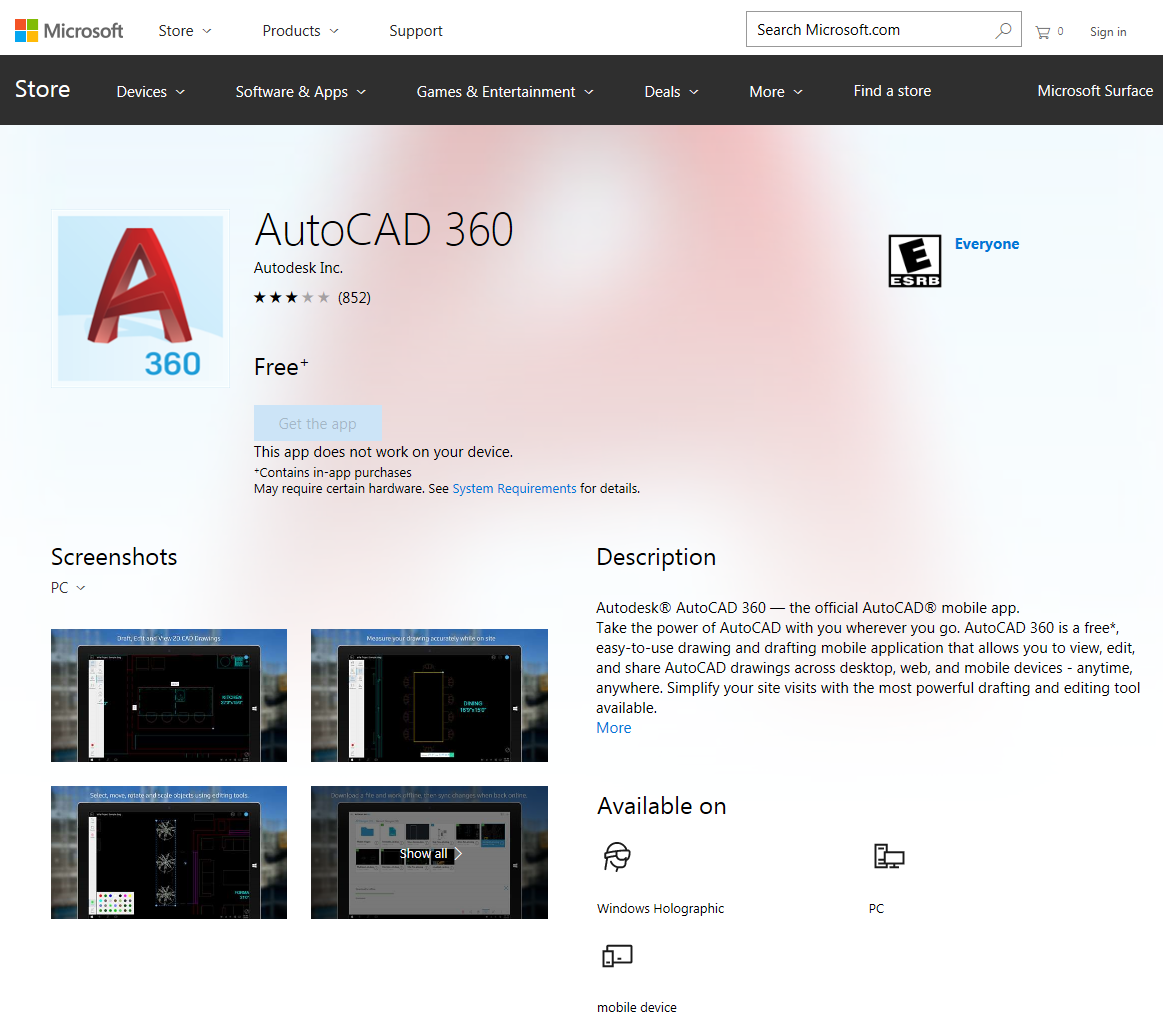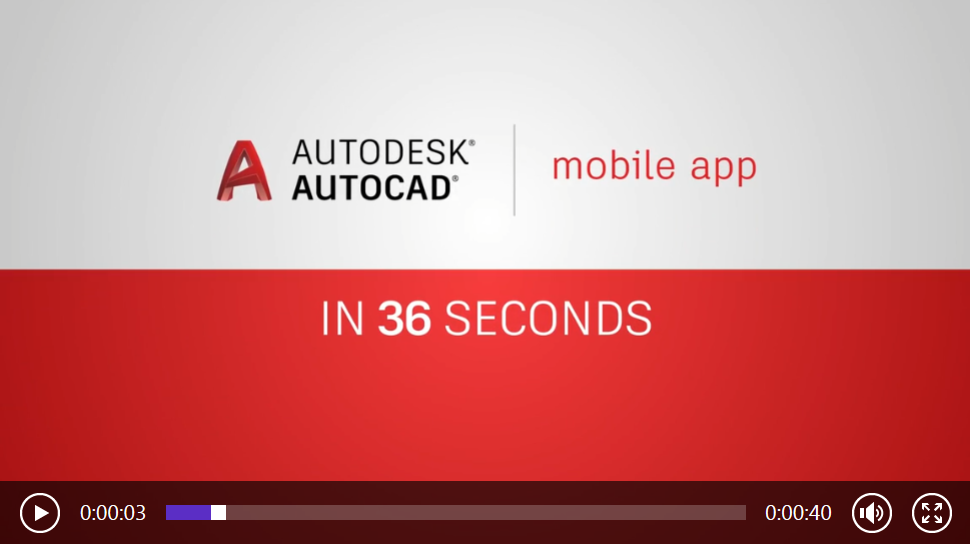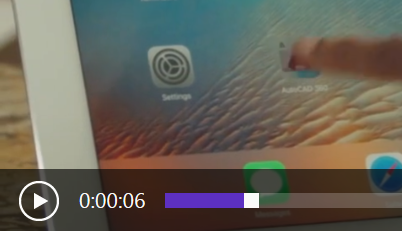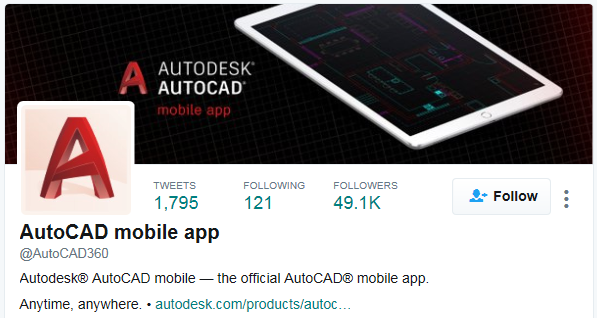Steve: Autodesk is currently giving away these Cloud-based services, Butterfly for example. Presumably you’re not going to keep doing that for ever. Are you going to start charging for these services eventually?
Guri: Again, you’re pushing us to talk about future. Currently, for as long as this is in a Labs environment, we’re encouraging users to use it and we’re giving it free in the Labs environment and we’re not putting any limits on it during the Labs experiment. Once we make it a commercial product we may change that.
Steve: I put a poll on my blog asking readers what they thought about CAD on the Cloud, and most of them are either concerned or frightened. Solidworks users are in revolt about what they see as being forced onto the Cloud. Why do you think there is this fear or apprehension of CAD on the Cloud?
Guri: I’m not sure. I’m curious myself about this type of reaction. Maybe it’s fear of the unknown, it’s a new environment, maybe there is some fear about security of documents while they are in the Cloud, it’s just “it’s a new thing”. We believe the approaches we are taking in providing a complementary product to the desktop environment which takes advantage of the latest and greatest web technology and enables those advantages to the user actually will make them feel more at ease. We’re not changing their normal CAD tools, we’re adding to them by enhancing them to take advantage of the capability of infinite storage and infinite CPU that the Cloud brings to them. So in a way, it’s a mixed environment. It’s probably easier to think about moving from desktop only to a mix of desktop and Cloud rather than a step-function where you move entirely to the Cloud.
Tal: Yeah, and when moving to a new platform, you probably know, even when moving to PCs say 10 or 15 years ago, there was a lot of apprehension and whenever you move to a new platform (and rightly so), you’re going to see a lot of concerns being raised by users and it’s our responsibility to provide our users with a very gradual and easy migration path which enables them to pick which components, which things, which processes they would like to do on the desktop and which make more sense to be able to do on the web.
Guri: Steve, you’ve been around CAD for many, many years. You know that CAD users usually worry about a few things. They worry about their documents and drawings. They have a lot of investment in archives of documents and drawings, they want to know that whatever changes happen in the future in the world, will enable them to keep using those drawings as usual. The other thing they worry about is their own training and experience, the way they work every day. They have a lot of habits and practices that they develop over the years and they want to know that they don’t have to retrain themselves or any other new users into new ways of doing things. And what we’re proposing is addressing both. You can use your drawings, this is still DWG, these are still AutoCAD documents, you don’t have to change, every drawing that you have that is created now or 10 years ago is still going to be useful.
So that’s one comment and the other is you can still use AutoCAD; that’s your tool of choice and whatever you do in the Cloud we purposely keep very simple so learning it and training it is really a very, very simple task.
Steve: I think you raised a valid point there about people being afraid of “what’s going to happen to my drawings”; people are concerned that if they move completely to the Cloud then they’re handing over control; they no longer have control of their documents. Do you think that’s a valid concern?
Guri: Well, I think that’s a concern, and people who have it will probably have it for a long time. What we want to do is let them choose how to deal with that. So we are not forcing anything here; we’re letting them keep their drawings on the desktop if they want, we’re letting them upload to the Cloud if they want to take advantage of it, so it’s entirely up to the user what to do. What we’re trying to do is show them that if they want to move to the Cloud, the advantages are the same advantages as photography sites such as Picasa. If you upload your family photos to the Cloud, somebody has done the backup for you; somebody has put security on it that is probably even better than you can do yourself, you can share it easily with others, provide access to your family without sending attachments and stuff like that. So there is a lot of advantages. We’re telling users it’s completely up to you; there are advantages that come along with moving stuff to the Cloud, if you’re not confident with that, that’s perfectly fine, stay on the desktop. So we’re letting the user do it at their own pace.
Steve: Can I share some of my experiences with using Butterfly? Perhaps I was using it wrong; I was trying to draw with it! As you’ve indicated, that’s maybe not what it’s really there for. I found that it wouldn’t open some drawings that I tried to upload. The display was a bit fuzzy, particularly on text, particularly when it was selected. A big issue I have with it is that I have two great big screens here in front of me and because Butterfly is confined to a browser window, it’s only using one rectangle. With AutoCAD, I can grab various bits and pieces of the interface and drag them over to the second screen, so I find Butterfly rather limiting. There also seems to be a lot of wasted space in the Butterfly environment. I can get AutoCAD to use about 91% of the screen space for drawing area; with Butterfly it was about 53%. So you’re working in a tiny little window. People pay lots of money for these big screens, and because you’re working within a browser, and because within that there’s a lot of wasted space, a lot of that investment is wasted. I’ll stop there before I confuse you all, but I have a great big list here of stuff that I found difficult to live with.
Tal: I’d love to have that list. We get a lot of requests from users, and a lot of different things bother different people. You know, we get a lot of requests that are the complete opposite, like I have a laptop with a small screen so I want to be able to optimise, I use Butterfly on the go, I need to have Butterfly optimised for that kind of resolution. But if you have a list of things we’d actually love to see it, and a lot of the times when you’re connected to a product designer on our team and have you talk to him and really go through the things that bother you, because at the end of the day it’s really our job to be able to do a good job and provide the tools which a user loves and delights users, and be able to focus on the things that are important to the majority of users and really do a good job of nailing those experiences. So if you have a list we’d love to have it and engage with you on it and see what makes sense for us to put in there and what we feel is not the highest priority for us feature-wise right now.
Steve: I’m sure you’re working on printing/plotting, because it’s pretty terrible at the moment. I’m sure I don’t need to tell you that’s a priority.
Tal: Basically it does not plot right now. It enables you to print your screen, but not plot. I wouldn’t say it’s bad plotting, it does not plot right now. If you want a quick printout of whatever you have on screen, it will do the job. Plotting is one feature that is definitely very interesting to us, it’s important to a lot of users, and we’re definitely looking into it, and providing hopefully in the future a better experience revolving around that.
Steve: And the limitation of selecting more than 30 objects; is that going to go away at some stage?
Tal: I believe you’re going to be seeing a lot of improvements in that area relatively shortly.
Links to part 1 and part 3.

